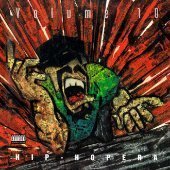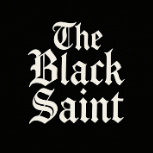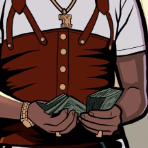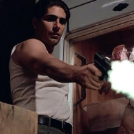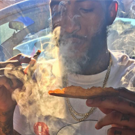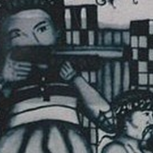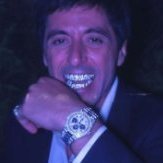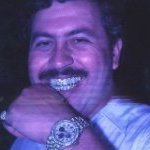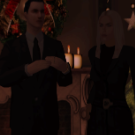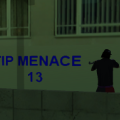Leaderboard
Popular Content
Showing content with the highest reputation since 11/17/2025 in Posts
-
16 points
-
This thread will follow the Caucasian prison population within Los Santos' facility. The white Car is a group of white inmates whom stick together in prison for protection and affiliation, these cars are usually influenced by prison gangs such as Aryan Brotherhood, Nazi Low Riders and Public Enemy Number 1, although they are not always directly involved in various White Cars within facilities across America.10 points
-
Scenario summary: Onika’s hard work is paying off: she worked tirelessly to bring her plan to fruition, allowing her to make over sixty thousand dollars a week. By laundering money through her company Black Empire LLC, Nika blesses herself to a shopping spree. She decides to buy a Maybach S680 as her new “company car": excited to share the news with Raymond Shabazz a/K/a Ray Two Times, a conversation sparks that ultimately pushes him to lock in to Maharaj’s scheme. MyFace post: https://myface.site/post/25348_all-i-know-is-that-i-039-m-too-short-but-still-i-ball-like-i-play-sports-rџ-vњќp.html10 points
-
9 points
-
9 points
-
9 points
-
9 points
-
9 points
-
9 points
-
9 points
-
9 points
-
Wanna be a troll, now he can't get up (Uh-uh) Your ass'll die for tryna act tough We got free smoke, just take a puff He on the floor sayin' he can't get up9 points
-
8 points
-
8 points
-
8 points
-
8 points
-
8 points
-
8 points
-
8 points
-
8 points
-
8 points
-
8 points
-
7 points
-
7 points
-
Recruitment for the faction is done in-character, and you will be expected to follow the server rules while associating yourself with our image. Be respectful to those around you and dedicate yourself to your characters development within the faction. The aim of 38th Street is to create a realistic sureño environment in El Corona. The Discord is accessible for those who are interested in joining the faction, we're currently open to new members and encourage those who are looking for something fresh to try it out, if there are any questions feel free to contact @risen or connect to the Discord, where you can find some information about the faction and ask any questions you may have.7 points
-
7 points
-
The same Hand that feeds, is the same that Kills you To my dear tio... How you been? Is everything still good in there? Sorry you didn't hear from me for a long minute, I'm occupied with a lot of stuff lately. Delores, passed away.. Times are real hard right now, unc, and I hope you understand. How about yours? Hopefully you're all good, I know you are. I'm trying my best to write to you as much as I can, it's just complicated right now with all these problems... With love and respect, Richard. E.I.P Richard "Lucky Rich" Roybal from Tres Seis.7 points
-
7 points
-
7 points
-
7 points
-
7 points
-
7 points
-
7 points
-
7 points
-
7 points
-
7 points
-
7 points
-
7 points
-
7 points
-
7 points
-
7 points
-
7 points
-
7 points
-
6 points
-
6 points
-
6 points
-
6 points
-
6 points
-
6 points
-
6 points


